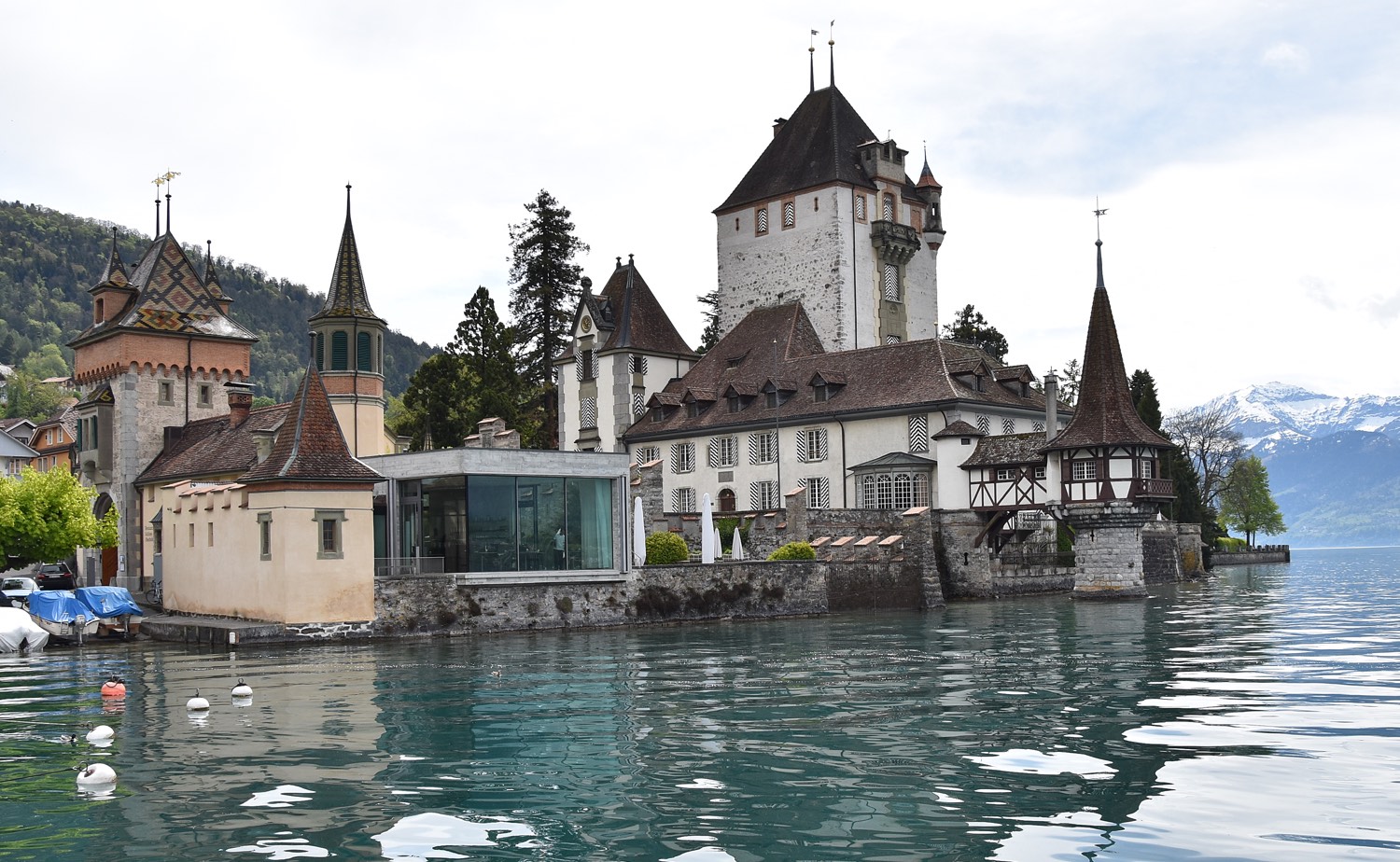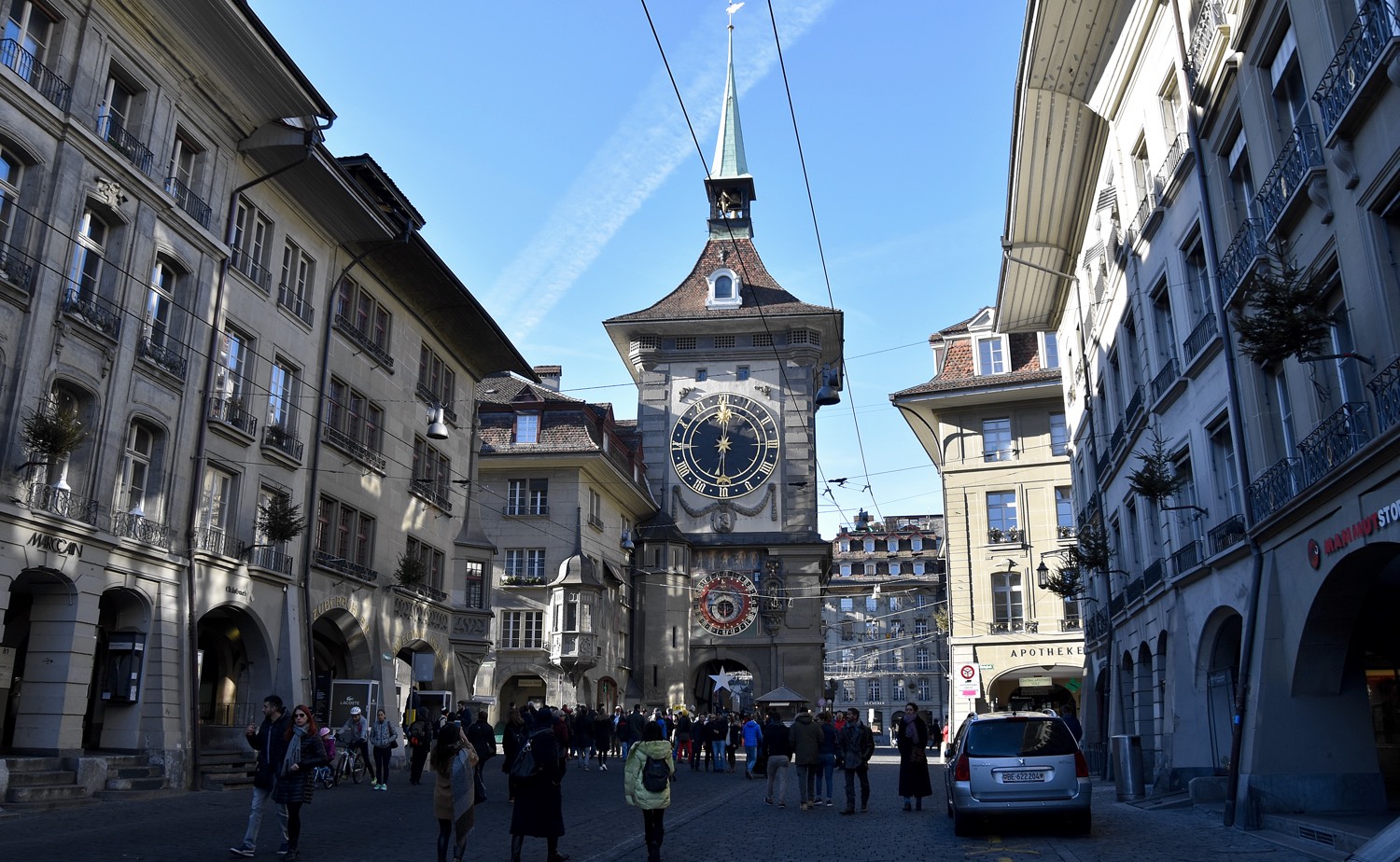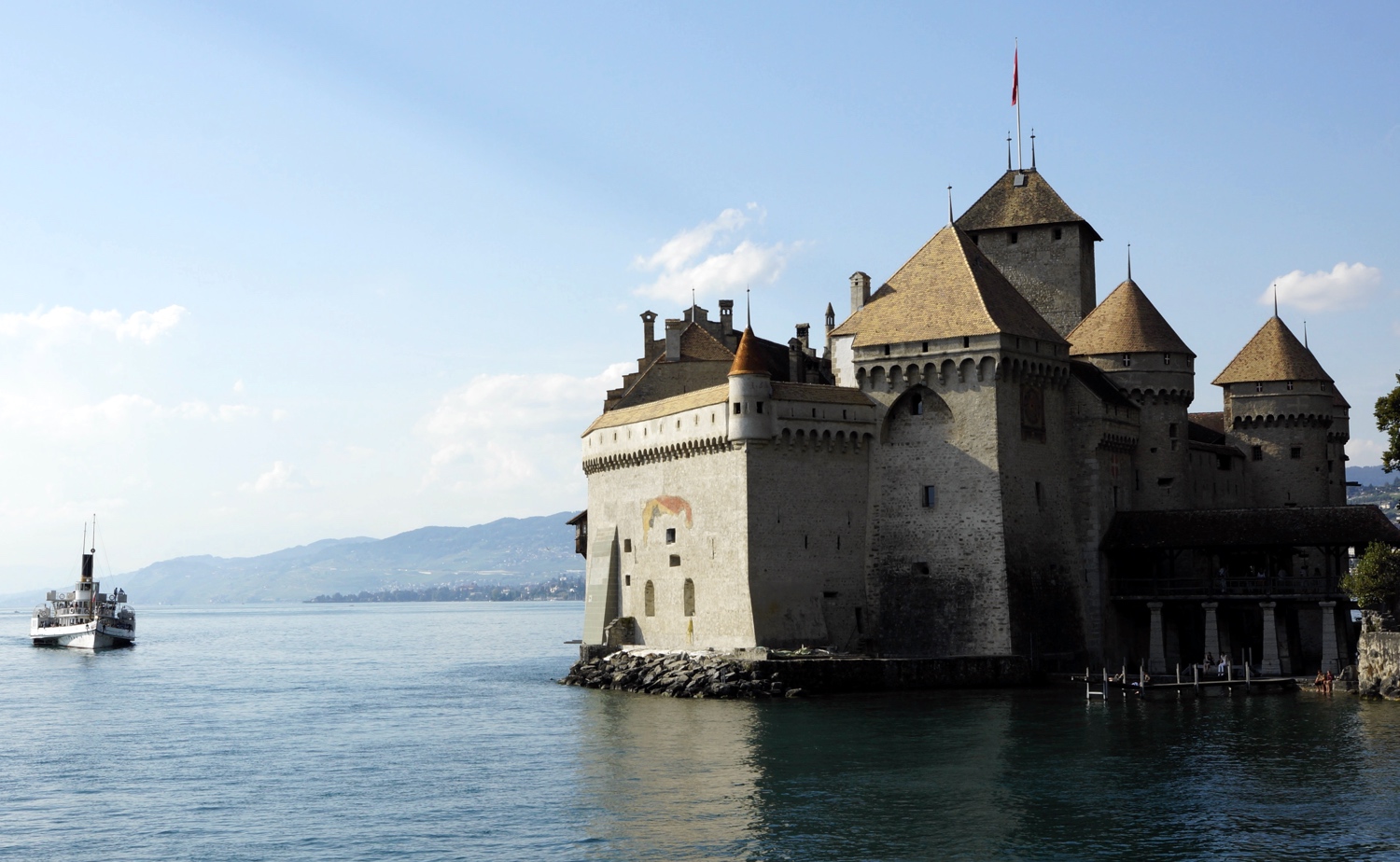Wilhelm Tell
adminci2017-08-22T22:05:48+02:00Tell is Switzerland’s legendary freedom fighter and the national hero of the country. The legend dates back the 14th century and takes place in the old Swiss Confederacy.
The story of Tell was written at the beginning of the 19th century as a play by the famous German poet Friedrich Schiller. It has been translated into many languages and is also known in China.
Tell was known as an excellent marksman with the crossbow. Gessler was the tyrannical representative of Habsburg stationed in Altdorf, in the canton of Uri. The tyrant raised a pole and hung his hat on top of it. He demanded that all passing by had to bow before his hat.
On November 18, 1307 Tell visited Altdorf with his young son and passed the hat without bowing to it. Tell got arrested. Gessler was upset about the boldness of Tell and wanted to punish him cruelly. Gessler commanded Tell to use his crossbow. Tell should shoot an apple off his son’s head, otherwise both, father and son, would be executed.
Tell hit the apple indeed. When challenged by Gessler, why he had prepared two bolts and not just one, Tell answered, that if he had hit his son he would have shot the tyrant.
Immediately Tell was arrested again and brought to Gessler’s boat to be taken to the castle in Küssnacht. A storm broke out on Lake Lucerne and Tell was able to save himself. He ran across to Küssnacht and waited for his enemy, who had to pass by this road. Gessler arrived and Tell killed him, thus riding the area from the tyrant.
During the summer season Schillers’ play is newly interpreted and acted out in Interlaken. It is very dramatic and is played on a natural stage. Almost a hundred people, mostly volunteers, are involved in acting. The play takes about 2 hours, starting at 8 pm and finishing at 10pm. It is acted in Swiss German and German. We are happy to translate the story simultaneousiously into Chinese as it unfolds before our eyes.














